Workforce crisis threatens to put two more Anzac frigates out of service
Defence is looking at mothballing up to two more of the navy’s frontline Anzac-class frigates as crippling crew shortages undermine the nation’s military capabilities.
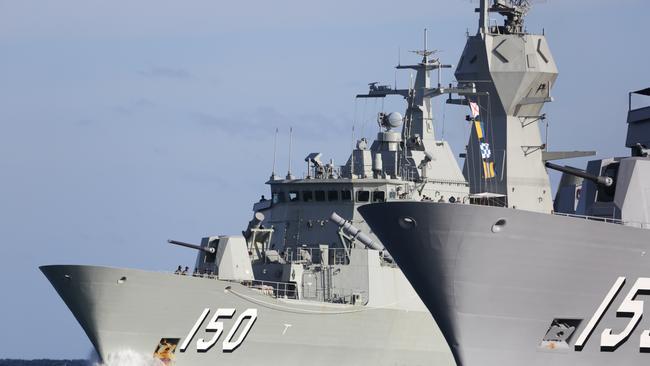
Defence is looking at mothballing up to two more of the navy’s frontline Anzac-class frigates as crippling crew shortages undermine the nation’s military capabilities.
Senior leadership has ordered navy fleet command to provide advice on the impact of pulling a further one or two Anzac frigates out of the water indefinitely.
The move follows Defence’s decision in November, revealed by The Australian, to put first-of-class frigate HMAS Anzac on hard stands at Western Australia’s Henderson shipyard.
It’s understood shortages of navy-qualified marine and electrical engineers are acute, with the vessels unable to go to sea without sufficient personnel in the key roles.
The nation’s most potent warships – the Hobart-class air warfare destroyers – are also suffering crewing issues due to a shortage of combat system operators.
The dire workforce shortages are likely to have added to the government’s reluctance to send a vessel to join a dangerous US-led operation in the Red Sea to protect international shipping from Iranian-backed Houthis.
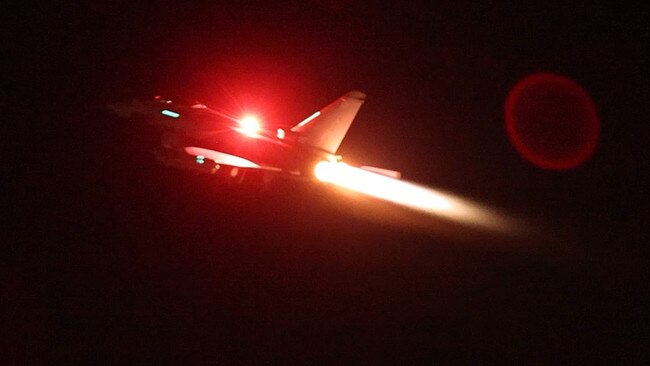
Multiple sources said a position paper had been ordered to examine the capability implications of putting the additional Anzacs into a state of “extended readiness”.
Having three of the navy’s eight Anzacs out of the water would free up crew members for the remaining five vessels, but could affect the service’s ability to meet government tasking.
In a related issue, Defence is also considering delaying life-extending upgrades for the Anzac fleet, the first of which was due to commence this year.
Defence did not dispute preparations were being made to take more Anzacs out of active service, saying the navy’s crewing difficulties last year had carried over into 2024.
A Defence spokeswoman said the navy was meeting its operational requirements in the Indo-Pacific. But she warned future workforce growth was “critical” to ensure the ADF could deter military threats and respond with lethal force if necessary.
“As identified in the government’s response to the Defence Strategic Review, growth and retention of a highly skilled Defence workforce is an immediate priority,” the spokeswoman said.
She said the planned Anzac upgrades were still scheduled to commence this year, but maintenance works are subject to change due to operational requirements and other factors.
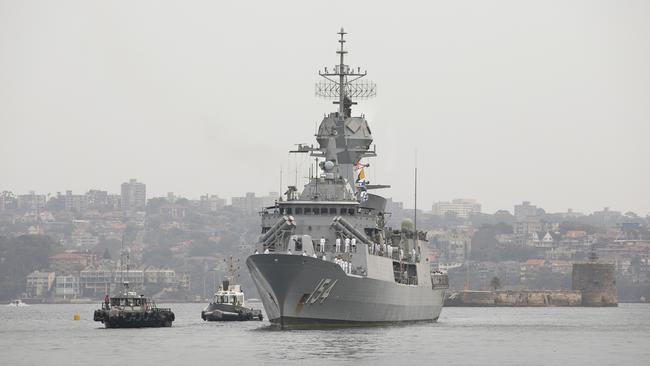
The spokeswoman said the nation’s three air warfare destroyers were “available and ready to meet government tasking”.
It’s understood Australia has had ongoing difficulties in getting personnel into Lockheed Martin’s Aegis combat system course in the US. But sources said Defence would do everything it could to keep all of the AWDs at a high state of readiness.
Anthony Albanese denied on Monday that the government was “punching below our weight” in failing to provide a warship to the US-led mission in the Red Sea, saying Australia was making a sufficient contribution by pledging six shore-based personnel to the operation’s command centre.
“We always play our role, and it is appropriate that we have people there in Bahrain,” the Prime Minister said.
“We had people (there) before the Houthi attack. Since then, we’ve increased the number of personnel that are involved in that operation.”
Mr Albanese’s comments came amid reports a US fighter jet shot down a cruise missile fired by Houthi militants toward a US destroyer in the Southern Red Sea. The attack followed a series of US and British airstrikes on Houthi targets in Yemen that drew threats of a “strong” response from the Iranian-backed militia.
Opposition defence spokesman Andrew Hastie said Australia was “sitting on the sidelines” while the US and Britain were doing the “heavy lifting” protecting international shipping, and the Australian people had a right to know why the government was “shelving warships at a time when they are needed most”.
“The Albanese government is utterly clueless when it comes to delivering on the critical demand for crew and capability for our navy,” he said.
“It’s no wonder they can’t send a warship to help our allies defend peace and prosperity in the Red Sea. This government is all at sea, while our warships are being left high and dry.”
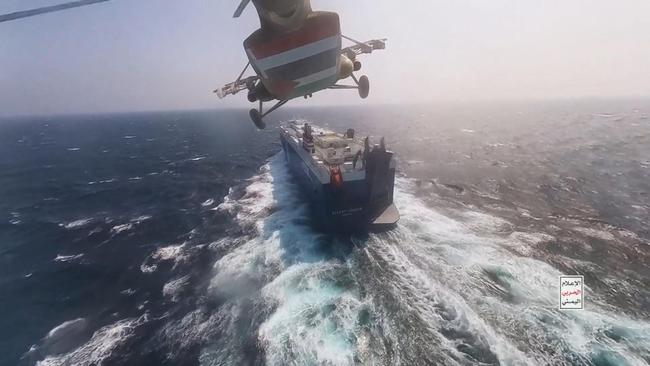
The navy’s worsening personnel crisis comes as the government prepares to announce the results of a major service fleet review, which is set to slash the troubled Hunter-class frigate program amid concerns it no longer meets the nation’s needs.
Defence is also preoccupied with the fledgling AUKUS submarine program, which will require a massive increase in naval personnel and an unprecedented 30-year industrial uplift.
Former Defence Department deputy secretary Peter Jennings said the government, from the Prime Minister down, needed to reverse the personnel drain if it was to have any hope of rebuilding the nation’s defence capabilities.
“It’s been clear for a while that actually Defence’s single biggest problem is recruiting and retaining people,” Mr Jennings said. “I think a major part of the problem here is that it looks as though the government is not giving attention or priority to defence.
“It’s allowing key capabilities to wind up and if you’re a service person, why … hang around for that process of managed decline? It needs … really high-level attention to try and create a sense of urgency and priority around this, instead of what we normally get which is, frankly, just lip service.”
The Australian Defence Force uniformed workforce numbers came in more than 3400 under target at the end of the 2022-23 financial year, despite a bipartisan commitment to expand the ADF.
The combined army, navy and air force workforce was 5.5 per cent smaller than Defence’s 62,000 target, as Australians shunned ADF recruiting efforts for other opportunities in the nation’s overheated jobs market.


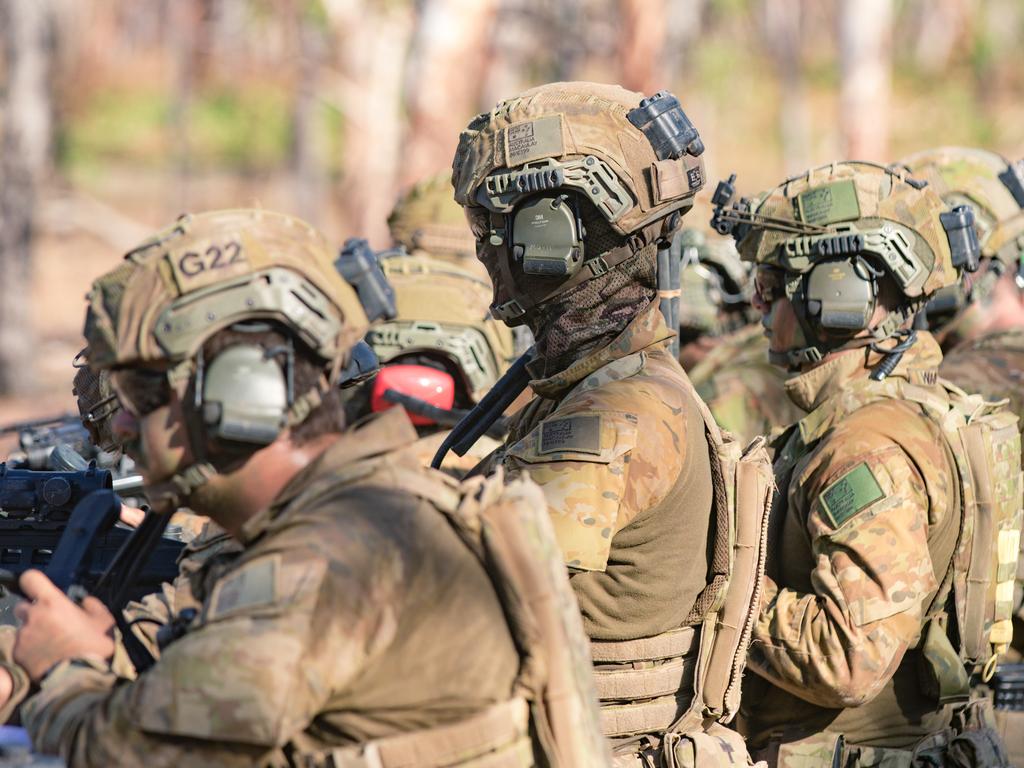

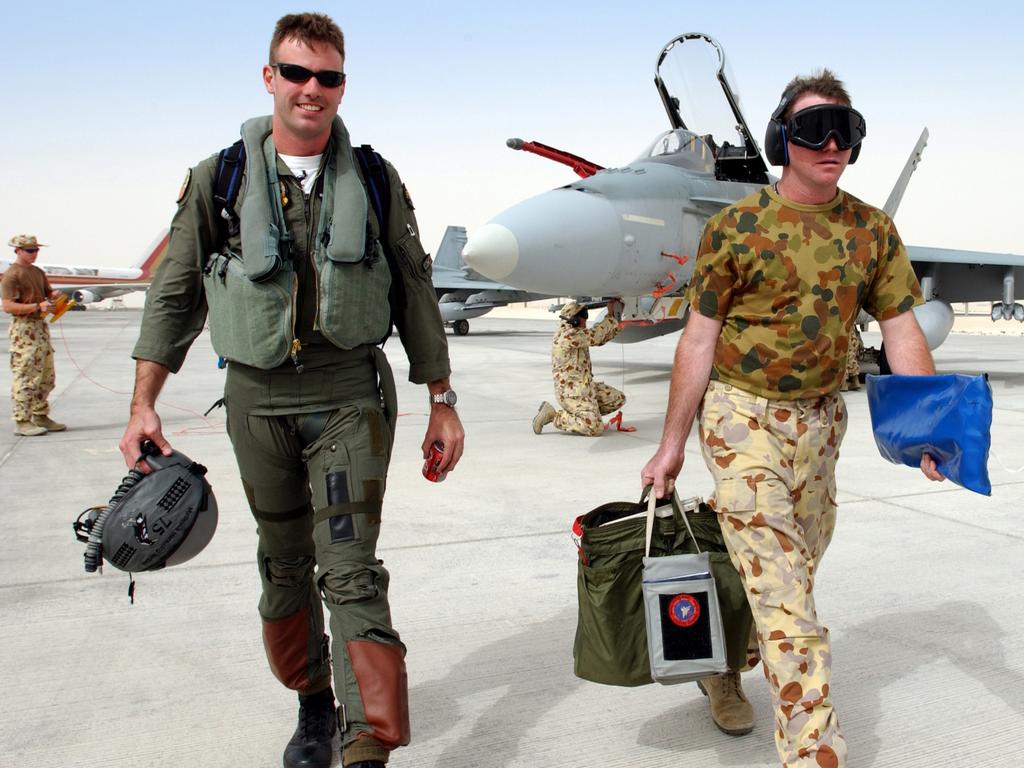
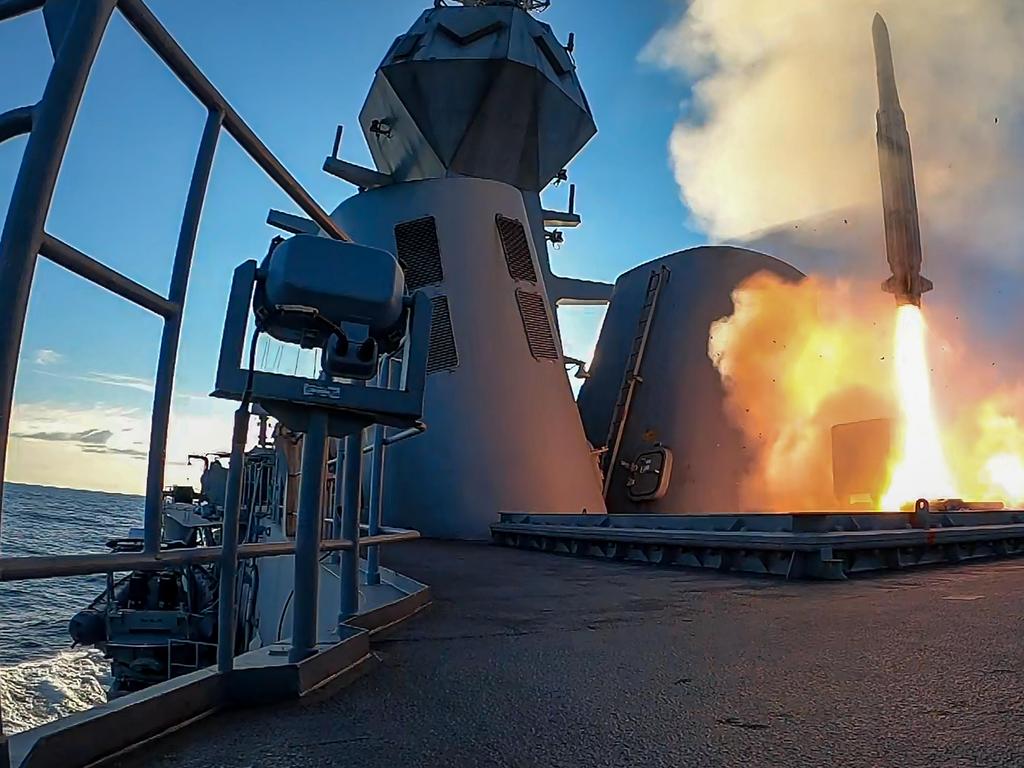


To join the conversation, please log in. Don't have an account? Register
Join the conversation, you are commenting as Logout